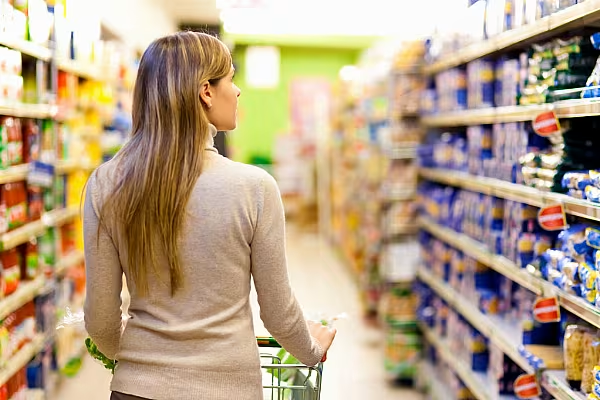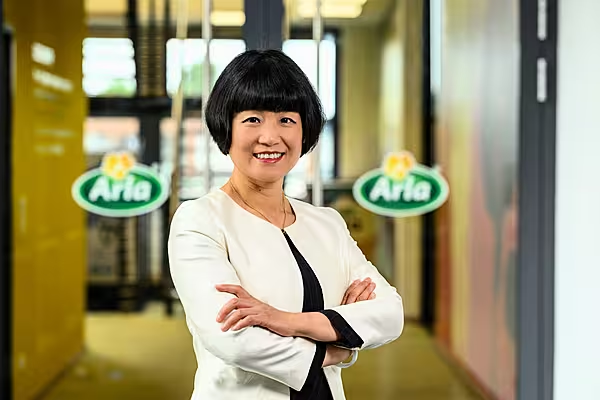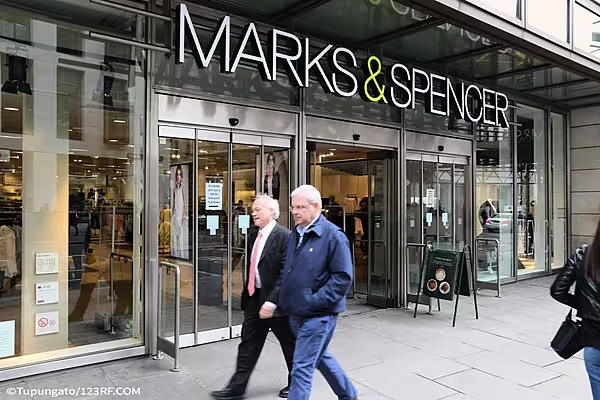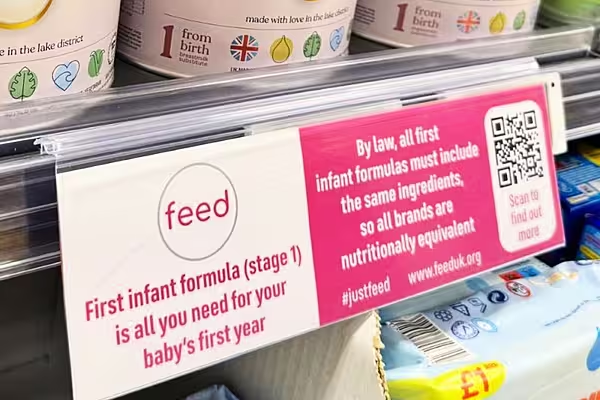U.K. grocers are finding creative ways of passing on Brexit-induced cost increases to consumers. If you’re shopping for candles or light bulbs, buyer beware.
Unable to raise prices of staple goods from milk to Marmite because of tough competition from discounters and watchful tabloid newspapers, supermarket operators like Tesco Plc and Wal-Mart Stores Inc.’s Asda are ratcheting them up on less frequently purchased goods such as dental floss, whose costs might not register as readily with shoppers.
“Milk is the sort of item that shoppers use to build their price image of a retailer,” said Cheryl Sullivan, chief marketing and strategy officer at Revionics, a software provider that helps stores formulate pricing strategies. “But shoppers are only price-sensitive on a fraction of a retailer’s range.”
The U.K. imports almost half the food it eats and despite grocers holding firm on key lines, the effects of sterling’s Brexit-driven slide are filtering through to shopping bills. After more than two years of decline, food prices rose 2.3 percent in the country’s supermarkets during the first 12 weeks of 2017, according to researcher Kantar Worldpanel. Figures due Tuesday are expected to show that wage growth isn’t keeping pace with higher prices.
Targeted increases have joined “shrinkflation” -- decreasing product sizes while holding prices steady -- as a way for retailers to disguise inflation after the pound’s fall put upward pressure on costs and led to the Marmitegate row between Tesco and Unilever. Grocers like Wm Morrison Supermarkets Plc have said they’re unable to pass along the full effect, but retailers are trying to protect profit margins by eking out increases where they can without sending shoppers packing.
Picking Battles
Retailers haven’t dared to tinker with the cost of milk, which costs 1 pound ($1.25) for a 2.3-liter carton at all of the U.K.’s major supermarkets. Yet the price of decorative candles rose 29 percent from October through March while light bulbs were up 19 percent and dental floss increased by 17 percent, according to independent price checker MySupermarket.com.
“If a retailer raises the price of milk, they won’t just lose that sale, they’ll lose the whole basket,” said Steve Dresser, director of consultancy Grocery Insight. “Retailers have to pick their battles on price.”
Grocers run sales and loyalty-card data through price-optimization software to help them figure out which prices they can increase without alienating shoppers. Revionics said it has seen an increase in demand from U.K. retailers since the vote to leave the EU.
Retailers typically order their ranges into products that drive sales and those that contribute to profitability, Sullivan said. Shoppers pay careful attention to the cost of frequent purchases, but are less vigilant about occasional splurges, making it easier to increase prices on those goods, she said.
Value Perceptions
Morrison announced temporary price cuts on staples such as potatoes and fish sticks in January. But the company recently increased the price of ground pepper by more than 10 percent, according to MySupermarket.com.
Varying prices in this way taps into consumers’ imperfect perceptions of value, said Ivo Vlaev, professor of behavioural science at Warwick University. Shoppers are concerned with the number of products on which they think they’re getting a good deal, not the total amount they spend, said Vlaev, who conducted research for Tesco.
The low prices of Aldi and Lidl, which account for about 12 percent of the U.K.’s grocery spend, exert a gravitational pull. When global food prices soared in 2010, Tesco and other supermarkets increased prices and opened the door for the discounters’ rapid expansion.
Painful memories of the retail crisis that followed are restraining grocers this time around, according to TCC Global analyst Bryan Roberts.
“The big chains are extremely mindful of not making the same mistake twice,” Roberts said.
News by Bloomberg, edited by ESM. To subscribe to ESM: The European Supermarket Magazine, click here.













